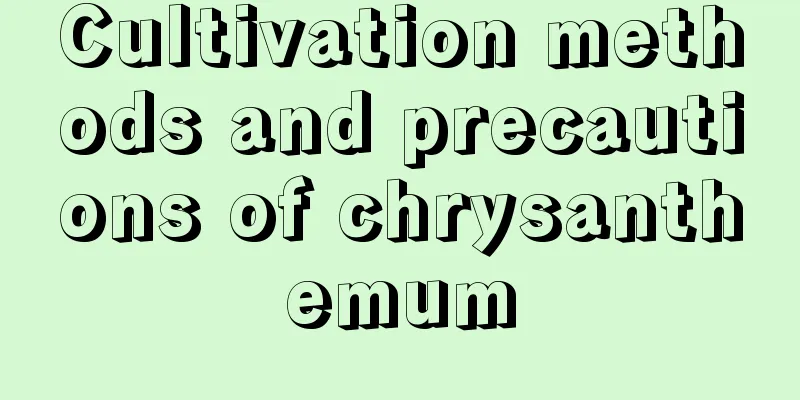Diseases and their control of strawflower

Rust of StrawflowerThe rust diseases that may occur on straw daisy include black rust, white rust, brown rust, etc. Rust disease mainly harms the leaves and stems of strawflower, with the leaves being the most seriously affected. Black rust is one of the most harmful rust diseases, manifested by the appearance of small white spots on the leaf surface, which gradually expand and cause the leaves to dry up. There are many reasons for the occurrence of rust. Poor cultivation management, poor ventilation and light conditions, low-lying terrain with poor drainage, and high air humidity will all promote the occurrence of rust on straw daisy. When rust disease appears on strawflower, cultivation management should be strengthened. During the planting process, avoid dense planting and increase ventilation and light transmission. If diseased leaves or branches are found, they should be cut off immediately to prevent the spread of the disease. During the period of rust disease, you can spray 500 times diluted 80% mancozeb, 1500 times diluted 25% triadimefon wettable powder, 400 times diluted 20% carboxin emulsifiable concentrate for treatment. Spray once every 7-10 days, alternately use them, and spray 3-4 times in a row to achieve good prevention and control effects. Powdery mildew of daisyPowdery mildew is caused by fungi and mainly harms the leaves and stems of strawflower. In the early stages of the disease, small white spots will appear on the strawflower, which will gradually expand, the leaves will curl, the branches will become deformed, the flowers will be few and small, and the entire plant may even die. The disease is most likely to occur when the temperature is high, the humidity is high, the light is low, the ventilation is poor, and the temperature difference between day and night is about 10°C. When powdery mildew occurs on strawflower, pay attention to ventilation and light transmission, remove early diseased leaves and burn them, and spray carbendazim, 800-1000 times diluted 50% wettable powder thiophanate, and 1000 times diluted 50% mancozeb for prevention and control before the disease occurs, once a week, and spray continuously for 4-5 times. Botrytis cinereaGray mold mainly harms the leaves, stems, flowers and other parts of straw daisy. There are brown spots on the edges of the leaves, the petioles and stalks are softened, and the outer skin is rotten. Gray mold is generally more likely to occur when the temperature is high and there is heavy rain, excessive nitrogen fertilizer is applied, the planting is too dense, or the soil texture is heavy. When gray mold appears on straw daisy, the diseased leaves should be removed in time and burned in a concentrated manner. Usually, pay attention to improving ventilation and light conditions, do not apply nitrogen fertilizer excessively, pay attention to digging ditches in the rainy season, and strictly prevent soil waterlogging. In the early stage of the disease, you can spray 0.3-0.5 degrees Baume lime sulfur, mancozeb, carbendazim and other fungicides. |
<<: Common diseases of Agapanthus and their prevention and treatment methods
>>: Common diseases of turmeric and their control methods
Recommend
What are the cultivation methods and precautions of hibiscus flowers?
1. Breeding methods 1. Light: It is a tropical pl...
How to take care of the newly bought Globe amaranth
1. Potting soil Globe amaranth has low requiremen...
How to grow pennywort hydroponically to make it overflow the pot (what fertilizer to use to grow pennywort in water for better growth)
The leaves of the pennywort are very dark green a...
Common diseases and pests of Rhododendron tubulosa and their control methods
Rhododendron tubulosa The dangers of leaf swell W...
How to grow potted chrysanthemums? How to grow potted chrysanthemums?
Chrysanthemum pot cultivation method 1. Soil: Whe...
What to do if the watermelon seedlings grow too long
What does it look like when watermelon seedlings ...
The more you abuse a flower, the more it grows. Don't show mercy to it!
Succulents don’t color? Thirsty for half a month!...
Can vegetables be hydroponically grown? The simplest method of hydroponically growing vegetables
Can vegetables be grown hydroponically? There are...
How to cultivate chicken heart vine
1. Breeding environment 1. Light: The Chinese kno...
Cultivation methods and precautions of round-leaf peperomia
Round-leaf peperomia is relatively easy to grow. ...
How to plant Xanthoceras sorbifolia
1. Collect seeds When the fruit is ripe, you can ...
How many chrysanthemums should be planted in one pot?
How many chrysanthemums can be planted in one pot...
When is the best time to plant strawberries?
Transplanting of strawberries is usually schedule...
How to prune wild grapes
Pruning time of wild grape Wild grapes can be pru...
How to prune plum trees
When to prune plum trees Plum trees can be pruned...









